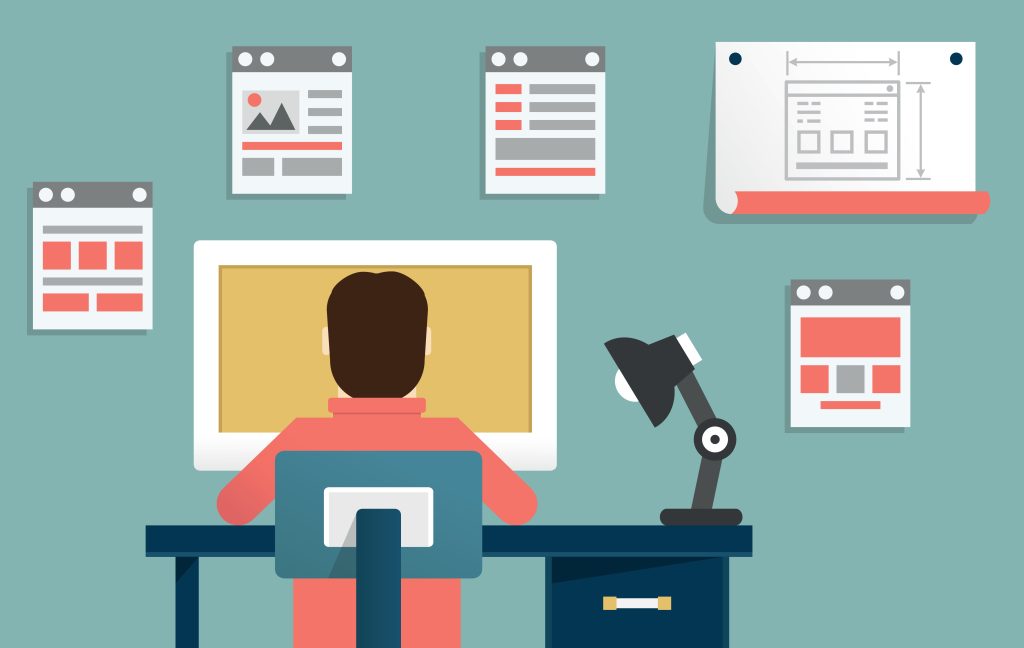In today’s digital age, a strong online presence is crucial for businesses of all sizes. A well-designed website serves as a vital tool for attracting customers, conveying brand identity, and driving sales. However, not all web design companies are created equal, and choosing the right one can be a daunting task.
This article aims to guide you through the essential factors to consider when comparing web design companies, ensuring you make an informed choice that aligns with your business goals. From understanding pricing structures to evaluating portfolios, we’ll cover the key elements you should take into account.
Understanding Your Needs
Before diving into the comparison of web design companies, it’s essential to identify your specific needs. Are you looking for a simple informational website, or do you require e-commerce capabilities? Understanding the scope of your project will help you narrow down your options.
According to a recent study by Clutch, 46% of small businesses still do not have a website, indicating a significant opportunity for growth in this area. Knowing what features are necessary for your business will guide you in selecting a company that specializes in those services.
Budget and Pricing Structures
Web design costs can vary significantly, depending on the complexity of the project and the experience level of the company. Basic sites can range from $2,500 to $10,000, while more complex, custom sites can exceed $50,000. It’s crucial to set a budget early in the process and stick to it. When comparing companies, be sure to understand their pricing structures.
Some companies may charge a flat fee, while others operate on an hourly basis. Additionally, inquire about ongoing maintenance costs, as a website requires regular updates and security checks to remain functional and secure.
Portfolio and Case Studies
One of the best ways to evaluate a web design company is by reviewing their portfolio. A strong portfolio showcases a variety of projects that demonstrate the company’s design capabilities and versatility. Look for case studies that detail the objectives, challenges, and outcomes of past projects. According to a survey by 99designs, 70% of consumers admit to judging a company’s credibility based on its website design. Therefore, ensure the company’s previous work aligns with your vision and brand identity. Pay attention to the functionality and user experience of their designs as well.
Client Testimonials and Reviews
Another critical factor in your decision-making process is client testimonials and reviews. These provide insight into the company’s reliability, communication, and ability to meet deadlines. Websites like Yelp and Google Reviews are excellent resources for gauging customer satisfaction.
According to BrightLocal, 91% of consumers read online reviews before making a purchase decision. Reach out to the company for references and ask specific questions about their experience. This will help you understand if the company is a good fit for your needs.
Technical Expertise and Services Offered
Web design involves more than just aesthetics; it also requires technical expertise. Ensure that the company you consider has experience in important areas such as responsive design, search engine optimization (SEO), and user experience (UX) design.
A website that is visually appealing but lacks functionality will ultimately disappoint users, leading to high bounce rates. According to Google, 53% of mobile users abandon sites that take longer than three seconds to load. Therefore, select a company that offers comprehensive services, including website development, branding, and digital marketing to ensure a successful online presence.
Communication and Collaboration
Effective communication is vital for a successful web design project. From the initial consultation to the final launch, you should feel comfortable discussing your ideas and providing feedback. Inquire about the company’s communication process and tools they use to keep clients updated.
A collaborative approach can lead to a better outcome, as it allows for adjustments based on your vision and feedback. Regular check-ins and updates will ensure that the project stays on track and meets your expectations.
Post-Launch Support and Maintenance
Once your website is live, the work doesn’t stop there. Ongoing support and maintenance are critical for keeping your site secure and up-to-date. Inquire about the company’s post-launch services, including technical support, content updates, and security monitoring.
A well-maintained website not only improves user experience but also enhances SEO performance. According to HubSpot, companies that prioritize blogging and content marketing see 13 times more ROI compared to those that don’t, highlighting the importance of regular updates.
Making the Final Choice
After assessing all these factors, it’s time to make your final choice. Gather all the information you’ve collected, and create a pros and cons list for each company you are considering. This will help you visualize which company aligns best with your goals and expectations.
Remember that the cheapest option may not always be the best. Investing in a quality web design company can yield significant returns in terms of customer engagement and conversions. Don’t rush the decision; take your time to ensure you choose a partner that will help bring your vision to life.
Conclusion
Choosing the right web design company is a critical decision that can significantly impact your business’s online presence. By understanding your needs, budgeting appropriately, reviewing portfolios and testimonials, and ensuring effective communication, you can make an informed choice. The right web design partner will not only create a visually appealing site but will also enhance user experience and drive conversions. As you embark on this journey, keep in mind that a well-designed website is an investment in your business’s future success.

